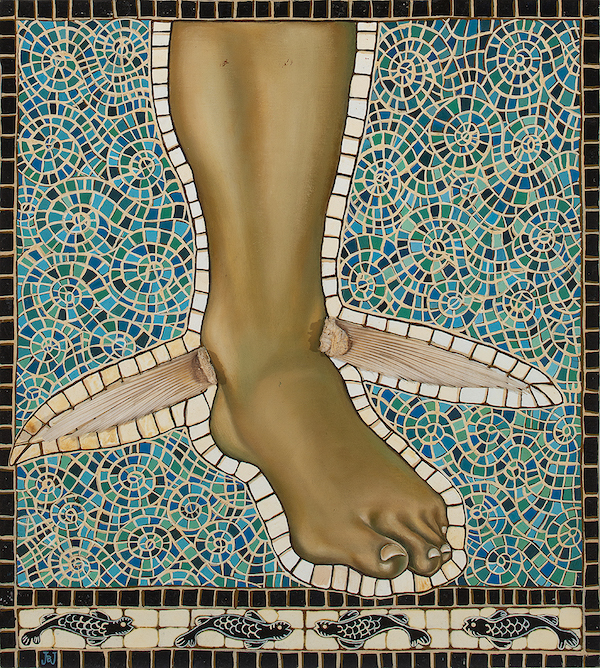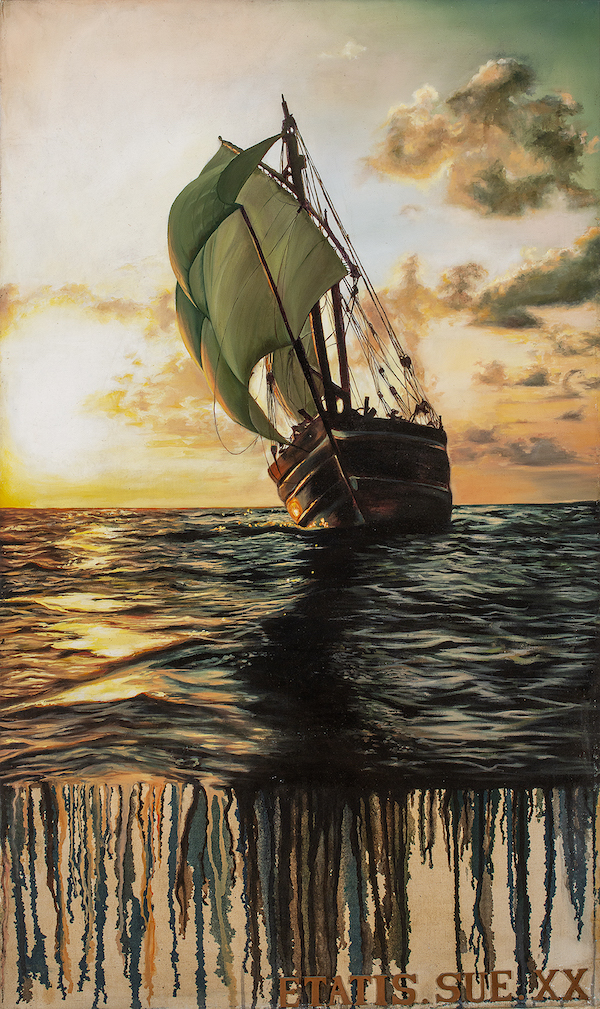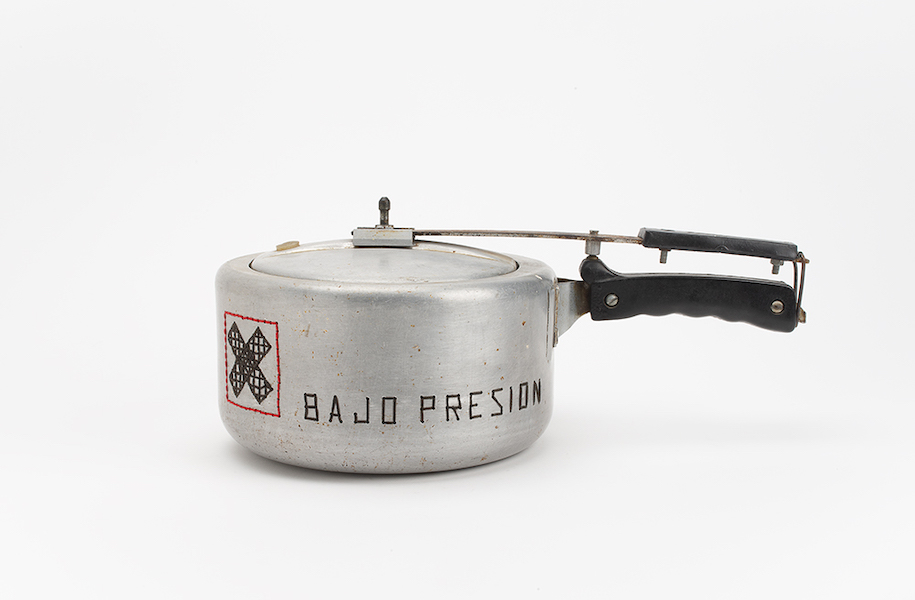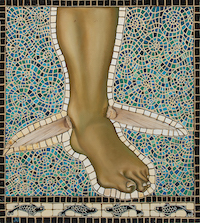
PHOENIX – This spring, Phoenix Art Museum (PhxArt) and Arizona State University Art Museum (ASU Art Museum) will co-present a new exhibition, Lo que es, es lo que ha sido/What It Is, Is What Has Been: Selections from the ASU Art Museum’s Cuban Art Collection, the first major curatorial collaboration between the two institutions in more than a decade. It will be on view from May 6 through September 17 at Phoenix Art Museum.
The collaboration explores artistic expression during times of humanitarian crises and social upheaval while presenting a record of human experiences that will resonate across audiences of varying identities.
“As institutions, we often overlook the richness of shared expertise and resources within our own communities,” said Jeremy Mikolajczak, the Sybil Harrington director and CEO of Phoenix Art Museum. “Through this collaboration with the ASU Art Museum, Phoenix Art Museum has the opportunity to bring works by Cuban artists from ASU’s incredible collection to our galleries while partnering on a series of public programs to better understand the complexity of issues surrounding exile faced by Cuban artists.”

“ASU Art Museum has a 25-year history of highlighting the work, voices, and perspectives of Cuban artists,” said Miki Garcia, director of ASU Art Museum. “Our partnership with PhxArt is a great opportunity to deepen our connection with the community. The artists in these exhibitions demonstrate how Cuban artists created a new visual culture — one that challenged the Soviet-era preference for art imbued with a political agenda and censorship. Cuban artists of the ’80s and ’90s experimented with both the materials they used and the messages they crafted. We see a mixture of conceptual art, folkloric themes, and institutional critiques that simultaneously shaped the new culture and served as a space to process the impact Communist ideologies had on artists’ sense of personal and communal identity.”

Lo que es, es lo que ha sido/What It Is, Is What Has Been: Selections from the ASU Art Museum’s Cuban Art Collection features ASU Art Museum’s most iconic artworks created during the period immediately following the fall of the Soviet Union. Termed Cuba’s “Special Period in a Time of Peace” by then-president Fidel Castro, the early 1990s through the mid-2000s on the island were marred by severe food and material shortages caused by the collapse of the Soviet Union and its financial subsidies, along with the persistence of trade embargoes enacted by the United States since the early 1960s. As a result, thousands of Cuban refugees fled in 1993–1994, at the height of the crisis, on makeshift rafts across the treacherous straits between Cuba and the United States.
Cuban artworks in Lo que es, es lo que ha sido/What It Is, Is What Has Been comment on the struggles of daily subsistence and the human experience during the “Special Period,” themes that are at once specific and relevant to communities who have faced exile and political repression across the globe. Highlights include:
![Sandra Ramos, From the Series Migrations II [Swimming under the Stars] series, 1994. Oil on suitcase. Collection of ASU Art Museum. Gift of the ASU Art Museum Advisory Board 100% +Cuban Campaign. Photography by Craig Smith](https://www.liveauctioneers.com/news/wp-content/uploads/2023/02/RAMOS_Suitcase_DSC_0565.jpg)
Sandra Ramos’s painted suitcase from her 1994 series Migrations II Swimming Under the Stars, depicting two figures traversing dark, open waters.

Aimee García Marrero, ‘Bajo presion,’ 2002. Pressure cooker with embroidery thread. Collection of ASU Art Museum. Purchased with the funds provided by The FUNd at Arizona State University Art Museum. Photography by Craig Smith
Aimee Garcia Marrero’s 2002 sculpture Bajo Presion/Under Pressure of a pressure cooker, referencing women’s use of pots and pans as percussive objects in protests against widespread food shortages.
The exhibition also features works by Belkis Ayon, Luis Cruz Azaceta, Abel Barroso, Jacqueline Brito, Yamilys Brito, Los Carpinteros, Carlos Estevez, Rene Francisco, Luis Gomez, Filiberto Mora, Kadir Lopez Nieves, Fernando Rodriguez, and Tonel.
Visit the website of the Phoenix Art Museum and see its dedicated page for Lo que es, es lo que ha sido/What It Is, Is What Has Been: Selections from the ASU Art Museum’s Cuban Art Collection.



